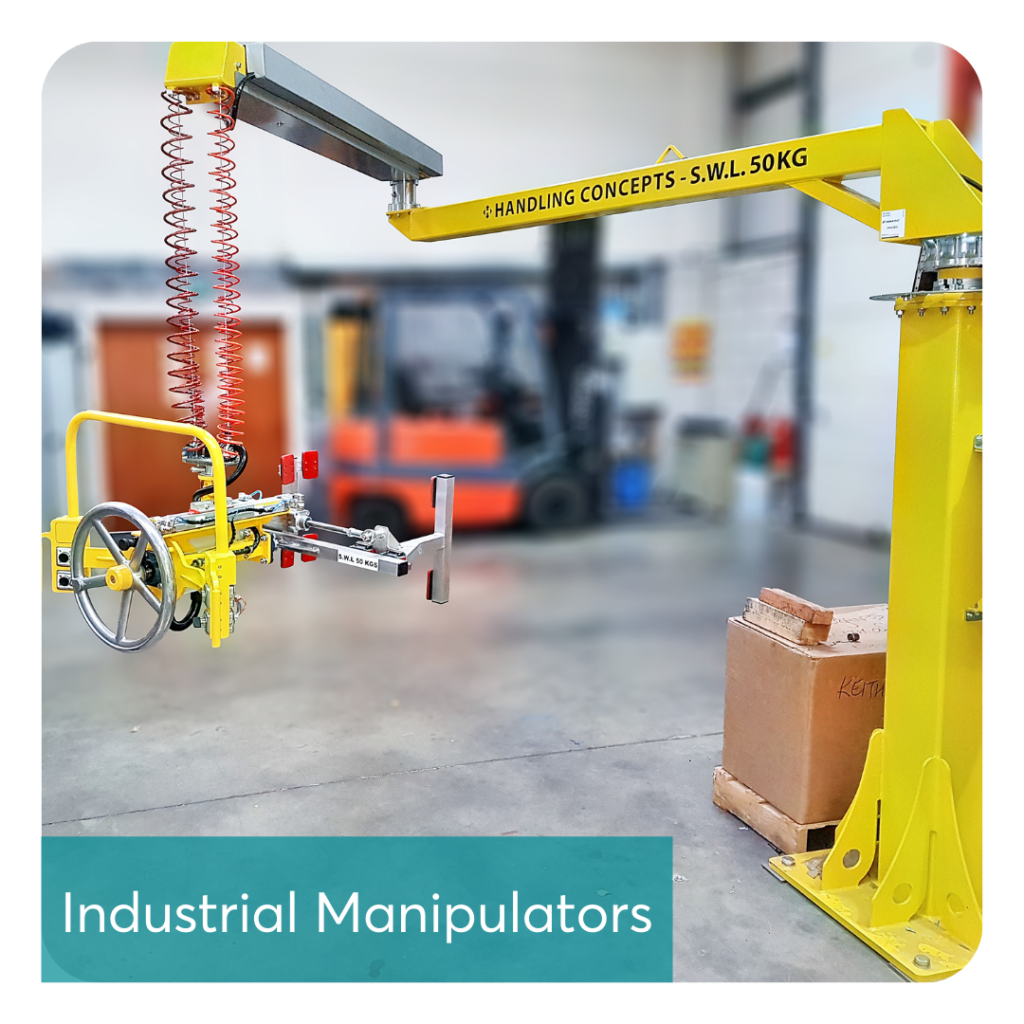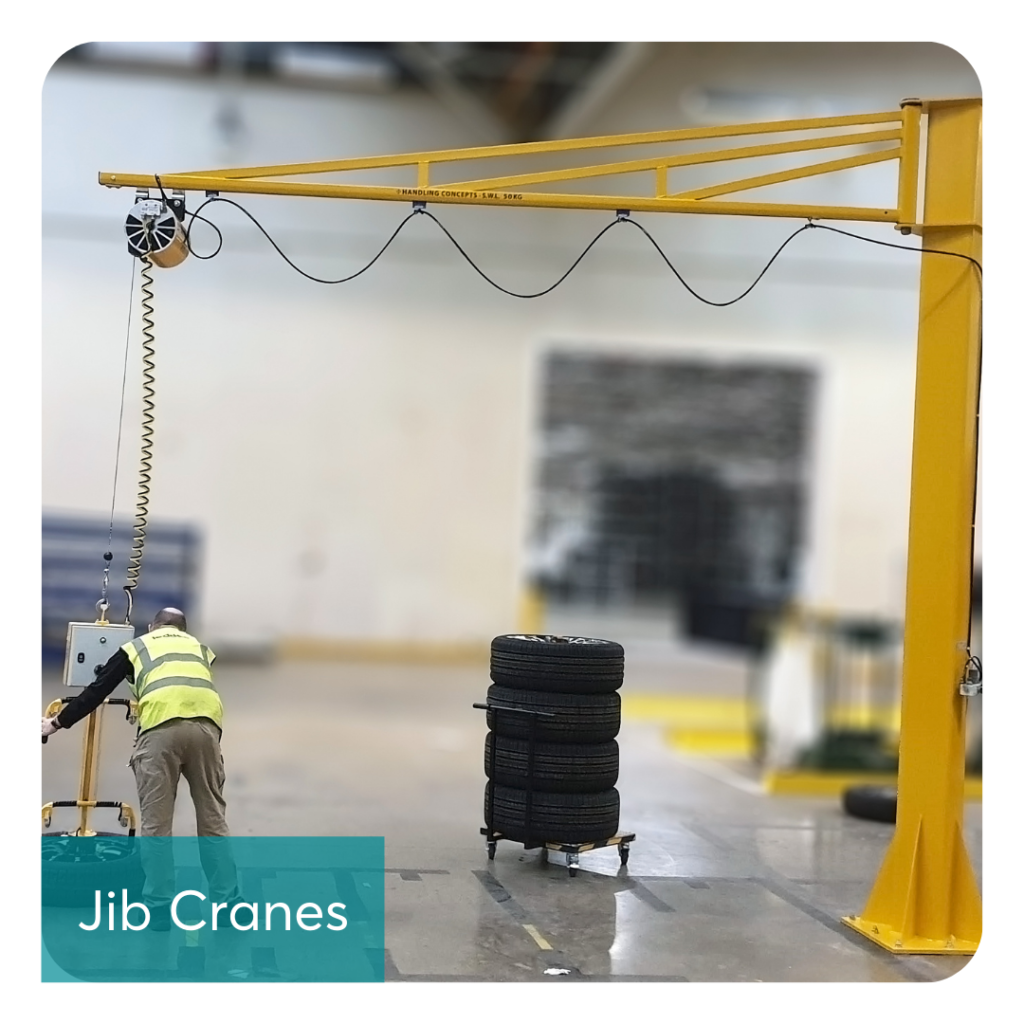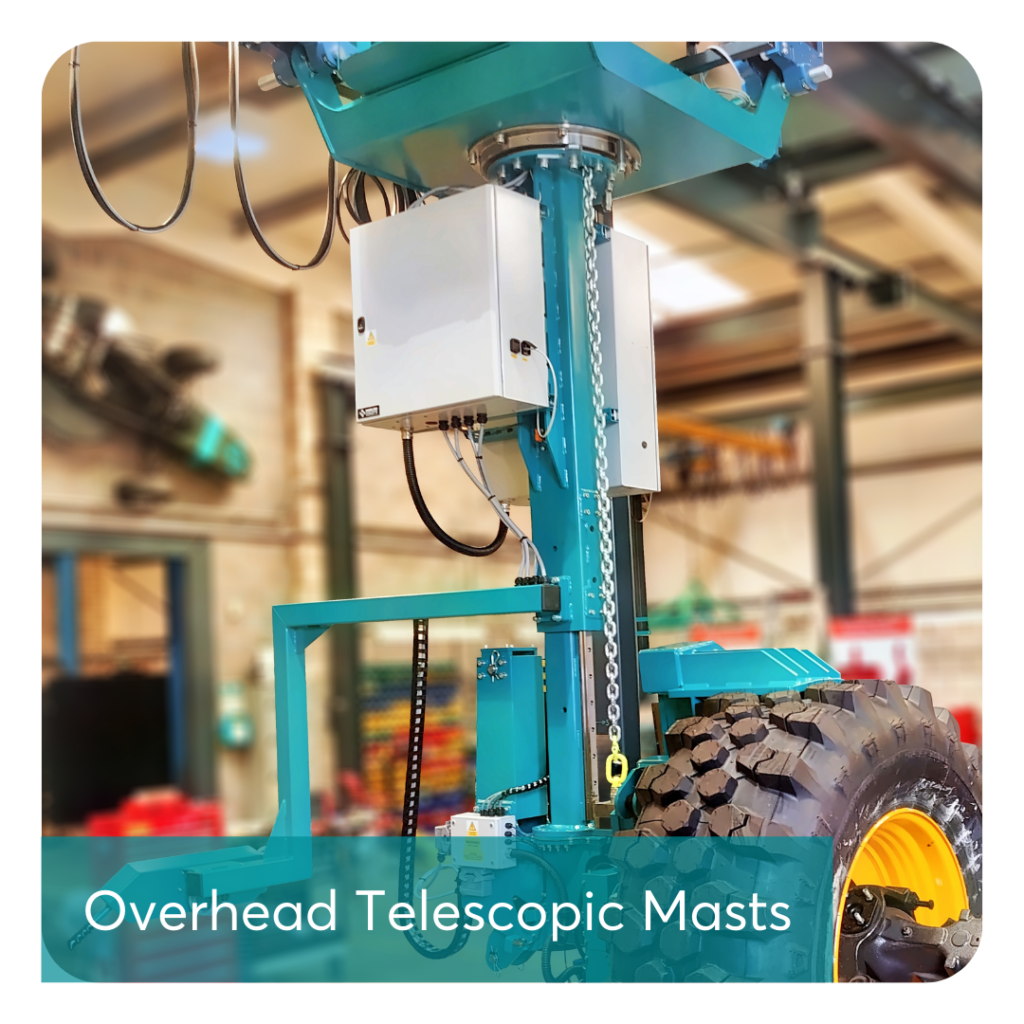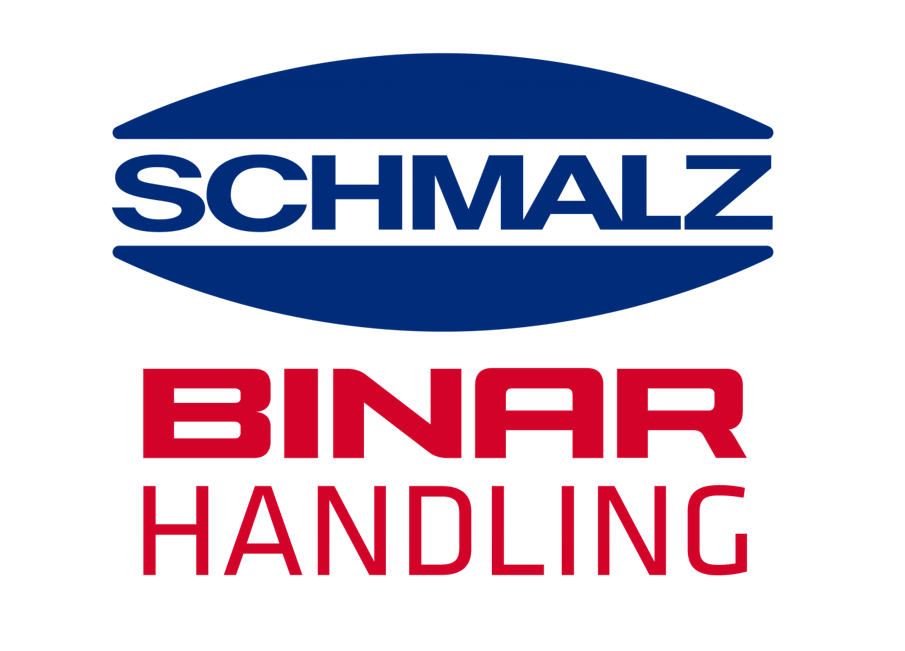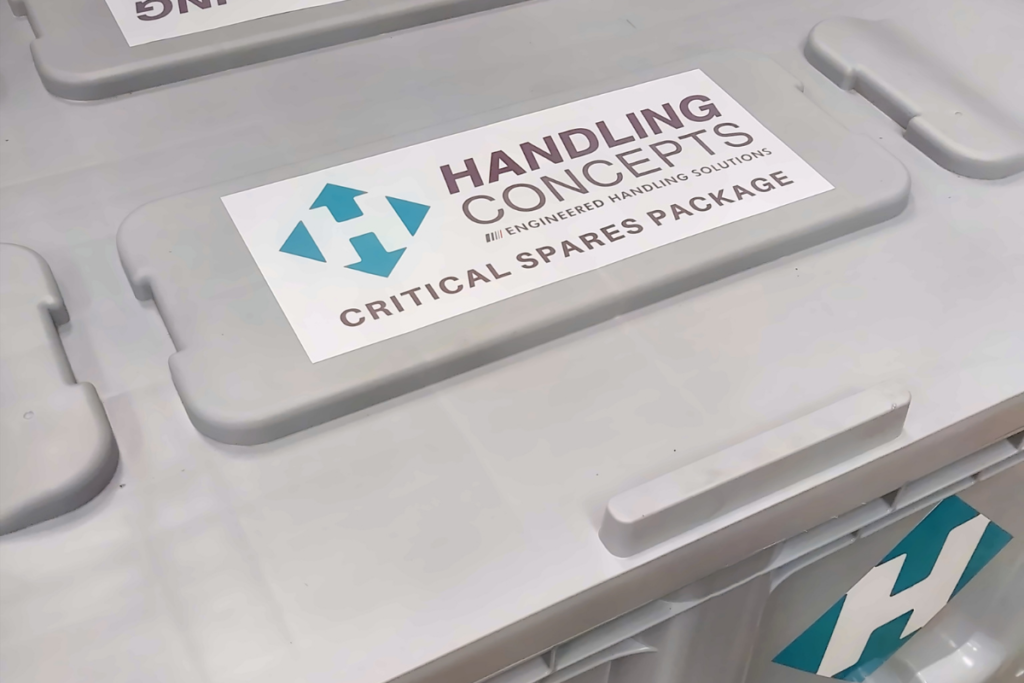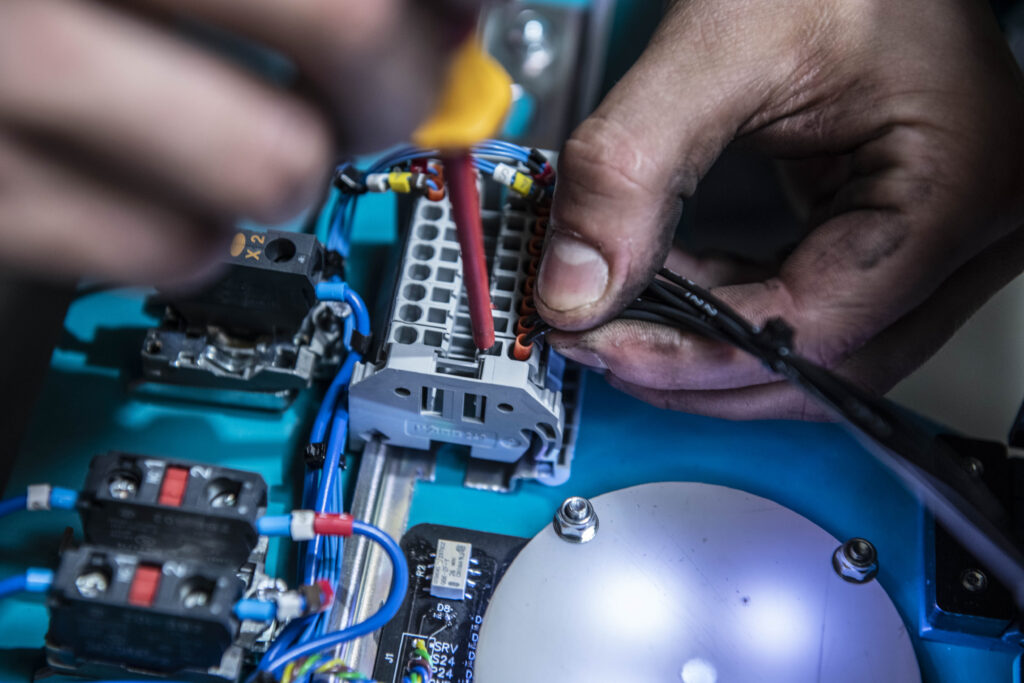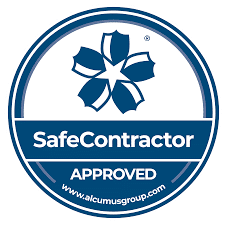The 3 Core Components of Materials Handling Equipment
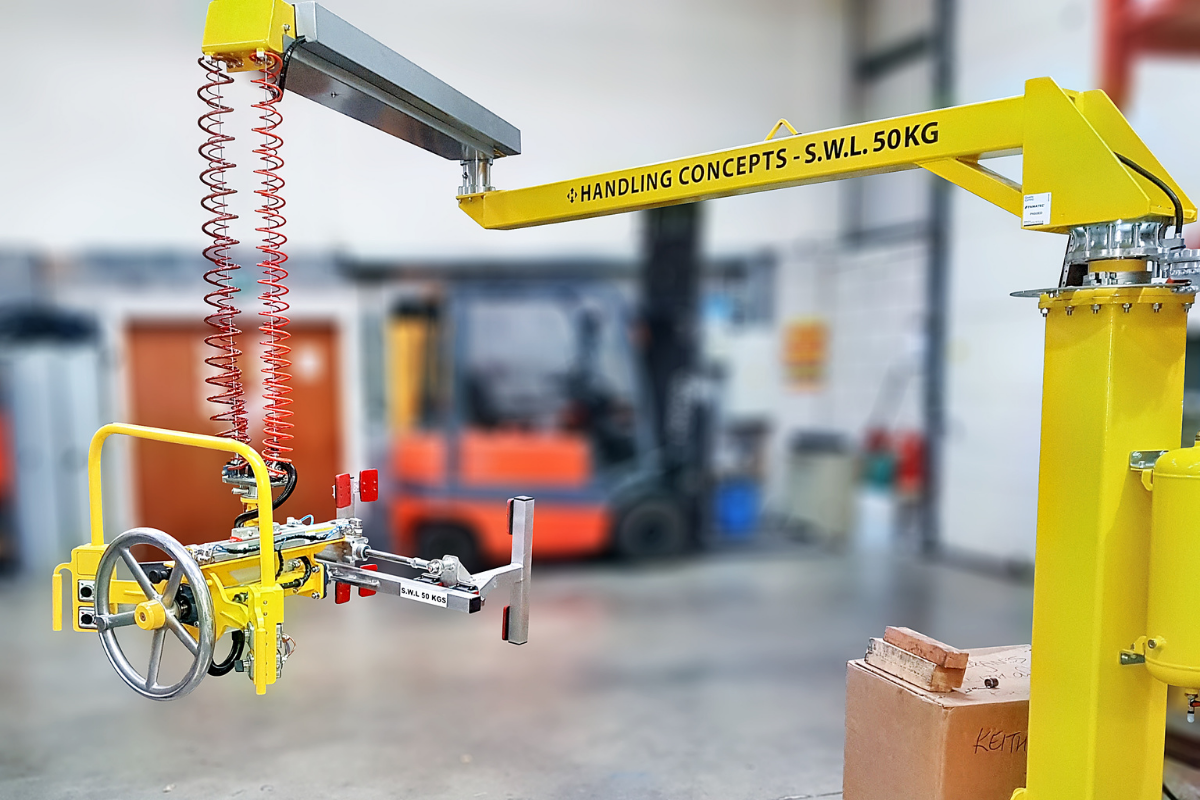
In most manufacturing processes, an operator, machinist, fabricator, or assembler must handle cumbersome products and components. Trying to manage this using human resources alone can put your staff at risk of injury and loss in production time caused by process inefficiencies.
To avoid damage to products and injury to workers, businesses are adopting the use of materials handling equipment to assist in the movement of heavy materials. These devices enable operators to lift and manipulate products and components safely and efficiently. Materials handling equipment comprises three core components:
1. The Crane
The first component of your materials handling equipment is a crane. The crane determines the weight that you can lift and in the area in which it can operate.
There are several types of crane systems available, and each has its own benefits. Some examples are industrial manipulators, jib cranes, and overhead telescopic masts.
When considering your options, keep in mind the load capacity of the crane that you require. Your products, a lifting device and end effector will need to be supported by the crane. It must have a safe working load that can support the weight of these elements combined.
2. The Lifting Device
The lifting device is the central component and the type of device required will depend on your application. Each has its own set of benefits, features, capacities, and ranges.
These devices could include chain hoists, air balancers, vacuum tube lifters, etc.
With so many options, it can be difficult to know which is best for your application. However, with Handling Concepts, you gain access to over 25 years of knowledge and experience from dedicated engineers who can help you determine the best lifting device to suit your needs.
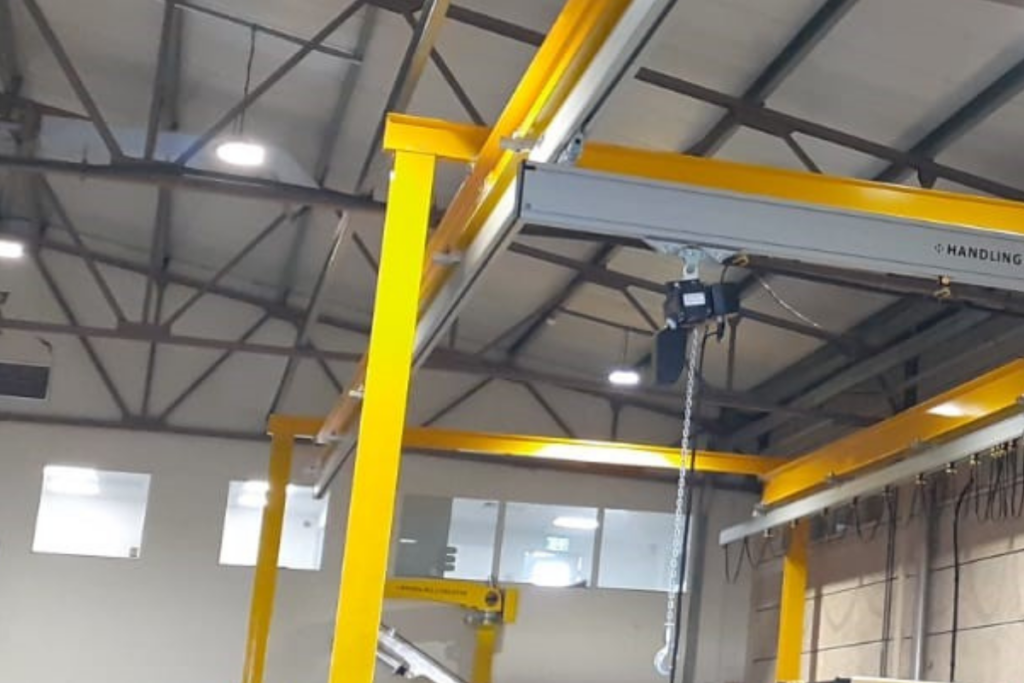
3. The Tool/End Effector
The final component of your materials handling equipment is the tool or end effector. This device interfaces with your product and will enable manipulation.
The End Effector is usually a custom design, as your application will be different to others. For example:
If you need to lift flat sheets of metal or plastic, a vacuum gripper can help you grip, raise and lower the product.
If you have a large, awkward product, a gripper with jaws can help you grab and rotate the product.
There are many options, so speaking with a specialist materials handling equipment supplier will help you find the best solution for your application.
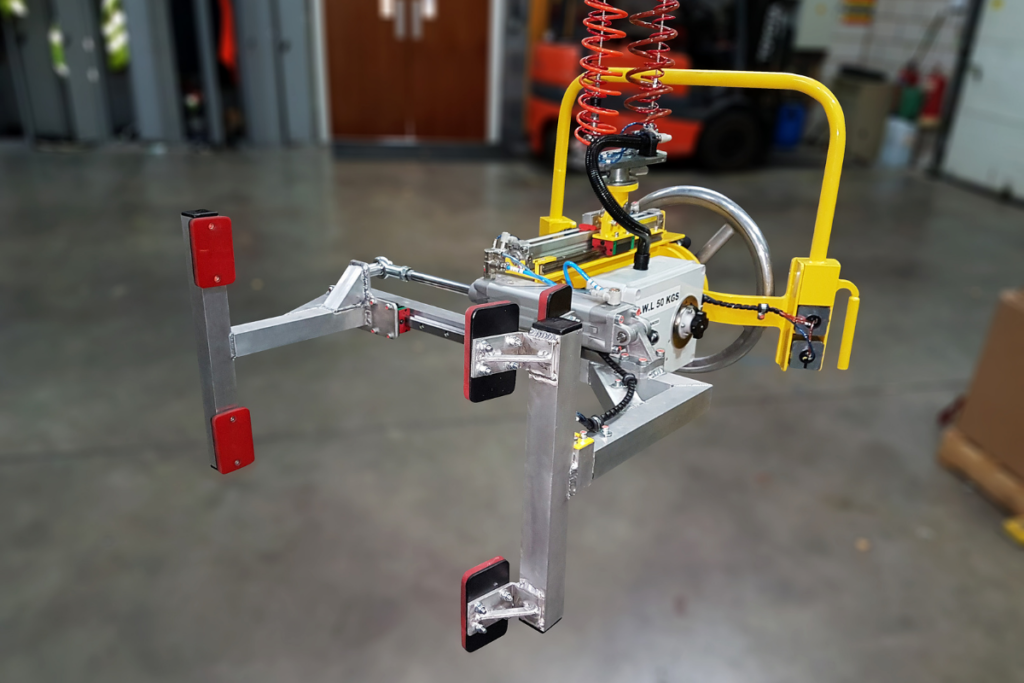
Find Your Solution
Handling Concepts has provided manufacturing businesses with materials handling equipment for over 25 years. You can rely on this experience and receive exceptional customer service to find the right handling solution for your needs.
Materials handling equipment can improve help you improve your production efficiencies and reduce the risk of worker injury. Finding your ideal solution will create a happier, safer, and more productive workplace.
To learn more about the handling equipment options available to you, Handling Concepts has produced case studies showing a selection of customer solutions. Click the button below to download the product brochure.
Contact Handling Concepts today for a detailed assessment to help you solve your material handling problem.

